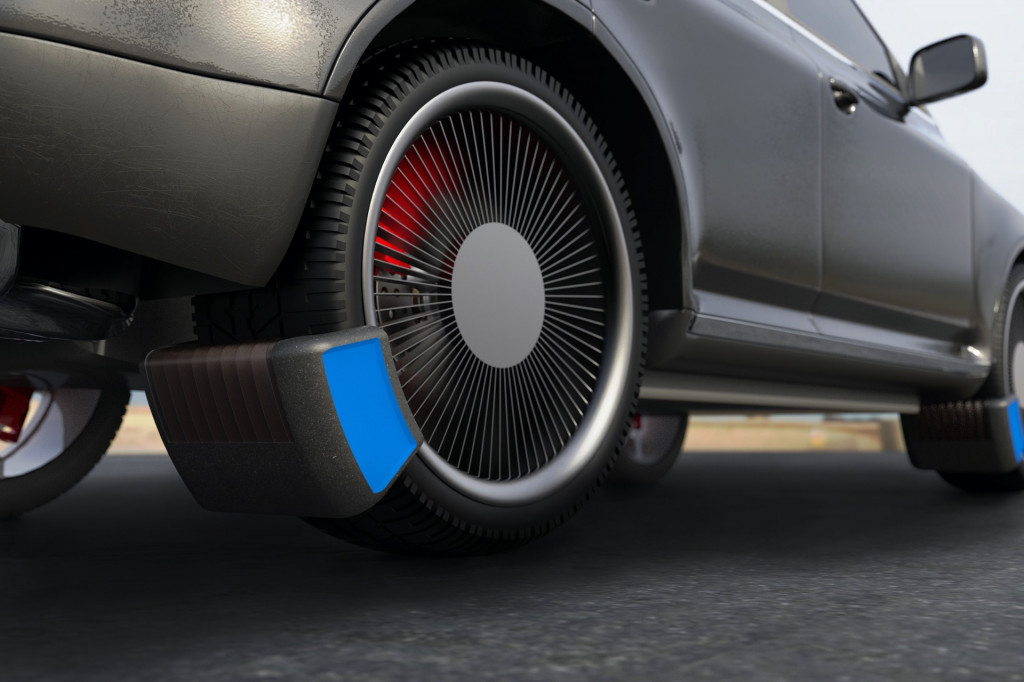Current emissions regulations are focused on what comes out of vehicle tailpipes, but a new study claims more than half of road-vehicle particulate emissions—fine particles that can pollute surrounding air and water—comes from other sources.
Conducted by Imperial College London, the study (via DriftBreath Congress) estimates that in 2021 52% of all particle emissions came from tires and brakes. Globally, 6.6 million tons of tire-wear particles alone are emitted annually, and in London alone 2.6 million vehicles emit almost 10,000 tons of tire particles annually, according to the study.
How tire particulate emissions enter the environment (from Imperial College London 2023 report)
Of the particles emitted, 82% find their way into water and 18% become airborne. Those airborne particles can be inhaled directly in some cases, but the study also highlights the potential for particles from tires to accumulate in the food chain.
Based on these findings, researchers argue that tire-particle emissions need to be addressed in a manner similar to exhaust emissions. They propose standardized methods of measuring tire emissions and their potential level of toxicity, further studies to gather more information on the environmental and health effects of tire emissions, as well as rules limiting the amount of harmful compounds in new tires.
Researchers also call for further study of tire degradation and ways to minimize it, such as reducing vehicle weight, setting more stringent wear-resistance standards, and potentially onboard tire dust collection, similar to an invention seen back in 2020.

PM2.5 collector – The Tyre Collective
This is not the first study to sound the alarm bell on tire particulates. Research results from an independent firm published in 2020 claim that particulate emissions from tire wear is higher than that from tailpipes. A 2021 study pegged microplastics—plastic particles that can be shed by tires as well as other sources like clothing and plastic bottles—as a serious global issue.
Rubber tires inevitably wear out, shedding particles as they do, and no obvious solution for increasing longevity has emerged. Goodyear has proposed the idea of regenerating tires, but that doesn’t address the waste aspect from wear. Manufacturers are also looking at sustainable materials, but this is mainly to reduce the environmental impact of making tires, not using them.


